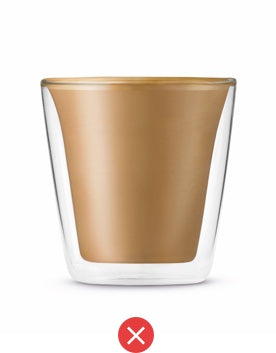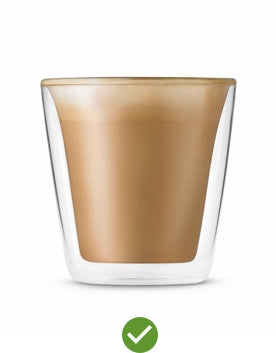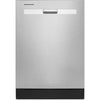Breville’s range of espresso machines make it possible to enjoy third wave specialty coffee at home by replicating the performance of a commercial espresso machine.Shop now & find your perfect Breville Espresso Machine.
The core ingredient
Not all beans are created equal.
It’s impossible to make a balanced third wave specialty espresso using a poor quality bean. The best beans are grown at high altitude in specific microclimates and soils, carefully selected, processed at the origin, and roasted by artisans with lighter roasting profiles.

Know when to grind
When it comes to great coffee, freshness is everything. That’s why you should always use your beans 10-30 days after roasting. Always buy coffee that has a “roasted on date” on the bag, never rely on the “use by date” as a guide to freshness. You may find it difficult to find freshly roasted beans at the grocery store, but your local café should be able to help.
What to look for

Under Extracted
Taste = Bland
Flow = Fast and pale
Color = Pale whitish crema
Volume = >1.5 fl. oz. in 20 seconds

Balanced
Taste = Sweet and creamy
Flow = Thick, warm honey
Color = Caramelly crema
Volume = 1 fl. oz. in 20 seconds

Over Extracted
Taste = Bitter
Flow = Dripping and dark
Color = Burnt crema
Volume = <0.75 fl. oz. in 20 seconds
Milk
Texture is everything
When textured correctly, milk looks like wet, white paint with a consistent texture from top to bottom. Milk when textured correctly, commonly called micro-foam, isn’t just nice to look at, it enhances the taste of the coffee. The thousands of tiny bubbles within the milk entrap the oils of the espresso and burst on the tounge to enhance flavor and mouthfeel.

Too Thin

Just right

Too Thick



